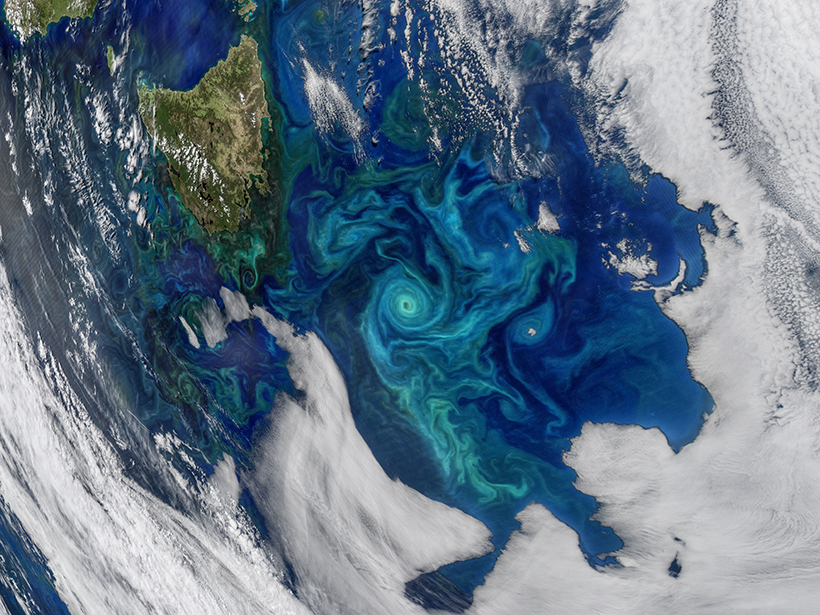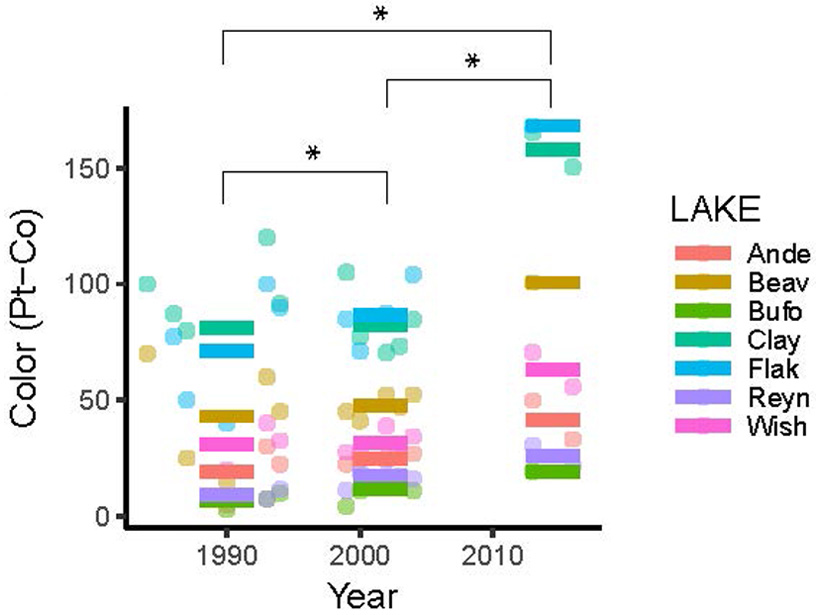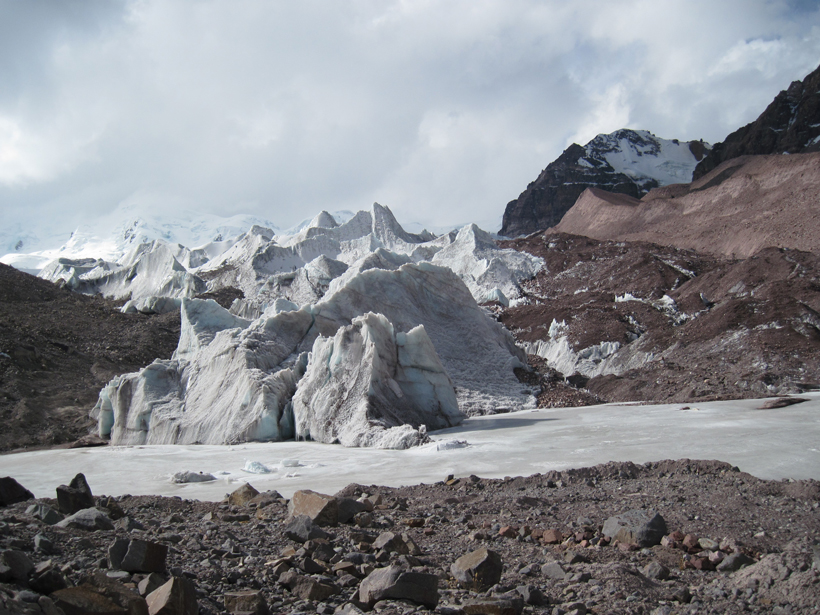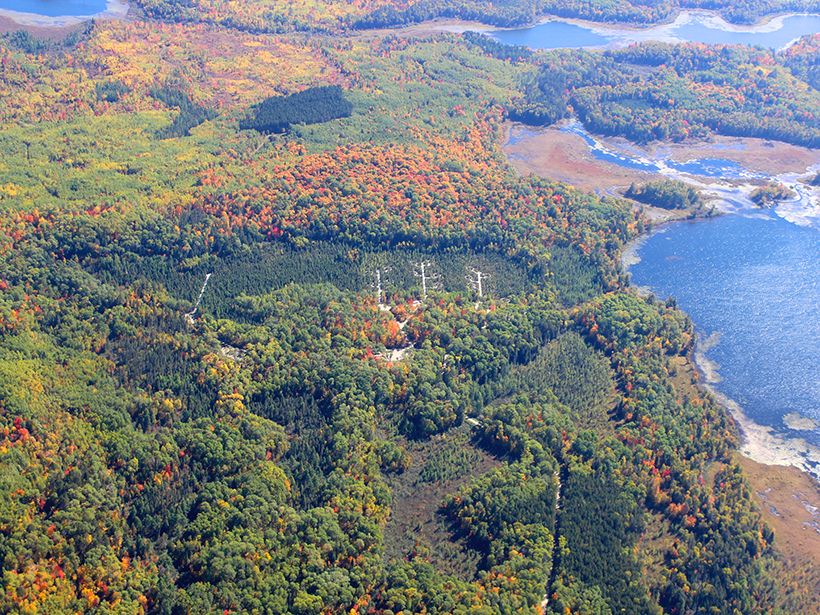Barren marine deserts bloom seasonally with iron infusions from Asian dust storms.
nutrients
When the River Meets the Sea: Estuary Sediments and Hypoxia
Scientists know that low-oxygen dead zones are growing worldwide. New research sheds light on what that will mean for estuary systems if trends continue.
Eddies Influence Productivity in the Subtropical Open Ocean
Ocean eddies may help recycle nutrients within giant current systems that encircle “desert” surface waters.
Interpreting Mosaics of Ocean Biogeochemistry
Advances in technology and modeling capabilities are driving a surge in progress in our understanding of how ocean ecosystems mix and mingle on medium to small scales.
Just How Anomalous Is the Vast Baltic Sea Dead Zone?
Newly drilled cores from the Baltic Sea reveal 1,500 years of deoxygenation history. The record sheds light on the dire state of the Baltic Sea today.
Glacial Meltwater Plumes Support Greenland Phytoplankton Blooms
Field measurements from the Bowdoin Glacier show that entrainment of deep water into upwelling glacial discharge delivers crucial nutrients to the surface of the surrounding fjord.
Nutrients May Change Flavor of “Meadow Tea” in Lakes
Lakes in the US and Europe have been getting more tea-colored over the past 30 years, and this “browning” trend may increase nutrient levels and affect lake water quality.
The Tiny Organisms That Transport Silica Across Earth’s Oceans
Phaeodarians play a major role in marine nutrient cycle.
After a Glacier Retreats, Plants Thrive Thanks to Phosphorus
Grasses, small flowers, and mosses colonize glacial till in the Peruvian Andes when researchers apply a phosphorus fertilizer, an ecological surprise with implications for carbon sequestration.
Depth Matters in Peat Bog Nutrient Cycling
Peatlands store around a third of Earth’s soil carbon, and a new study begins to reveal how the ecosystems’ organic matter changes with depth.










